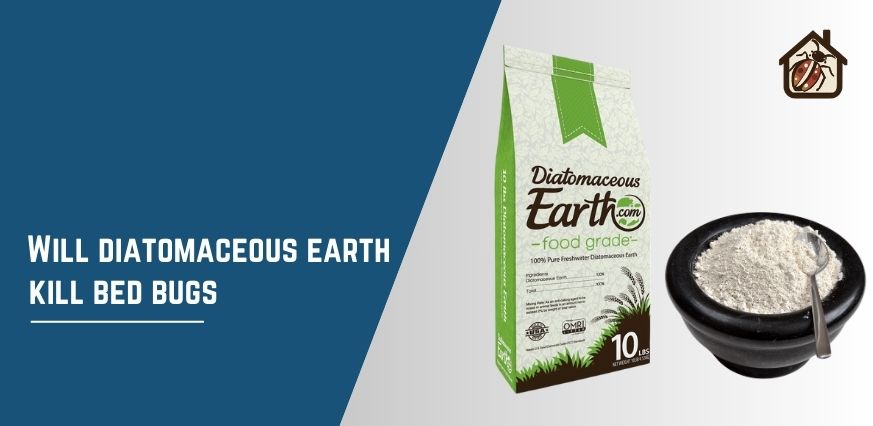
With so many different techniques and cures being offered as answers, the fight against bed bugs can frequently feel like an uphill battle. Diatomaceous earth is one such competitor in the battle against these nighttime annoyances.
This article examines the effectiveness of diatomaceous earth in getting rid of bed bugs and whether it’s a good option for people looking for a non-toxic, environmentally friendly method of pest control.
What is diatomaceous earth?
A naturally occurring material called diatomaceous earth is made from the fossilized remnants of microscopic aquatic creatures called diatoms. It has a fine powder consistency and is well-known for having abrasive qualities. The powder resembles tiny, sharp fragments that can kill tiny insects when seen under a microscope.
How Does Diatomaceous Earth Work Against Bed Bugs?
- Bed bugs’ exoskeletons are physically eroded by diatomaceous earth.
- Upon touch, tiny, sharp particles pierce the protective outer covering of the bugs.
- Desiccation as a result causes dehydration and finally death.
- efficient against a variety of insects that crawl.
- Well-liked non-chemical choice for anyone looking for environmentally responsible pest management.
How to use diatomaceous earth?
- Diatomaceous earth is applied in the form of a thin layer.
- Target areas include baseboards, cracks, crevices, and the space surrounding the bed, all of which are said to be home to bed bugs.
- The diatomaceous earth is encountered by bed bugs as they travel across treated surfaces.
- Their exoskeletons are disrupted upon contact with the powder.
- Through this exposure, the program hopes to drive bed bugs to their demise.
How effective is diatomaceous earth and what are the limitations of diatomaceous earth?
Diatomaceous earth acts more gradually than chemical pesticides. Because of its lethality, the powder needs to be dry; moisture reduces its abrasive qualities. It takes time to affect bed bugs and cause disruptions to their exoskeletons.
Users need to be aware of these elements for the best possible application and outcomes.
What are some precautions you need to keep in mind when using diatomaceous earth?
- In general, both people and animals can safely use diatomaceous earth.
- For safety, use food-grade diatomaceous earth in dwelling areas.
- The powder might irritate the respiratory system when inhaled.
- It is recommended that users wear protective gear, such as masks while applying.
- Diatomaceous earth can be used safely and effectively if certain safety measures are taken.
You may also like:
- Can you get rid of bed bugs without throwing everything away
- What do bed bugs hate
- Do Plants Repel Bugs
FAQs
How long does it take to kill bed bugs with diatomaceous earth?
How long is diatomaceous earth effective?
How often should I sprinkle diatomaceous earth?
Can you touch the diatomaceous earth?
What are the side effects of diatomaceous earth?
Conclusion
Diatomaceous earth stands out as a natural, non-toxic pest management alternative in the ongoing fight against bed bugs. It is a promising remedy since it can damage the bed bug’s outer shell, causing desiccation and eventual death. However, consumers need to be aware of its drawbacks, like decreased effectiveness in humid environments, and take the appropriate safety measures when applying.
In the end, diatomaceous earth might not be an effective stand-alone treatment for severe infestations, even though it can be a useful part of an all-encompassing bed bug management plan. A more efficient and long-lasting strategy for dealing with the enduring bed bug problem can be achieved by combining its use with other tried-and-true techniques and obtaining professional aid as necessary.


